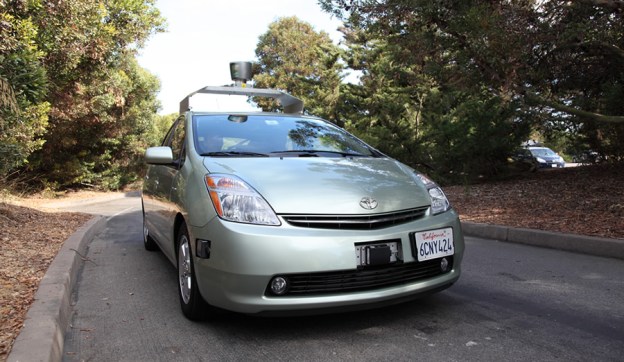
Earlier this week, Google successfully acquired a patent that enables self-driving automobiles to find an available parking space and automatically park the car after arriving at the destination. Otherwise known as the “landing strip”, the patent diagram shows a sensor embedded in the ground at the parking location as well as a QR code to scan. The self-driving car is able to communicate with the sensor and come to a complete stop in order to park the car. The wording of the patent suggests that the car communicates with the sensor via a RF or cellular connection rather than talking to the sensor via GPS technology. When integrated into a computer system, a sensor could potentially direct a car that enters a parking structure to the nearest open spot.

Google is still undergoing testing of the self-driving vehicle and is determined to reach 1,000,ooo miles driven without an accident. The current fleet of self-driving vehicles at Google has traveled a collective 200,000 miles at this point in both California and Nevada. However, the self-driving car did get into an accident with a Toyota Prius earlier this year, but that was blamed on human error.
Editors' Recommendations
- How a big blue van from 1986 paved the way for self-driving cars
- New Apple self-driving car patent could turn Siri into your personal chauffeur
- How GM’s Cruise self-driving cars navigate around double-parked vehicles


